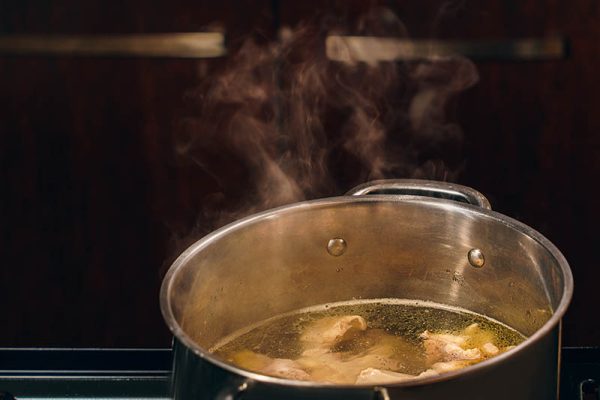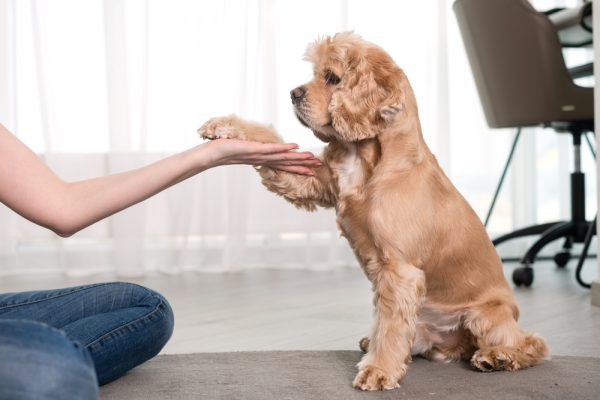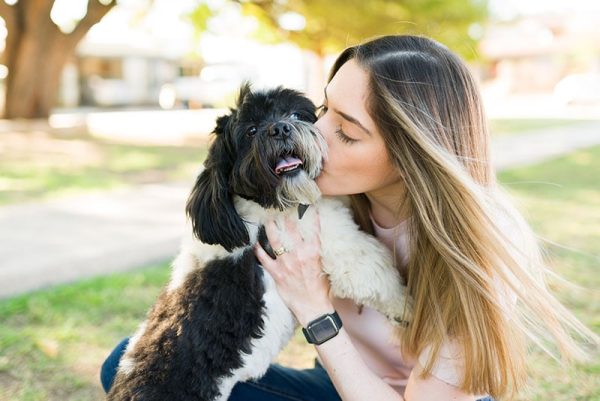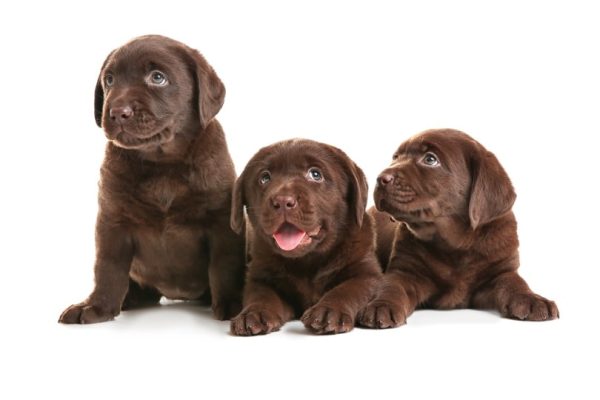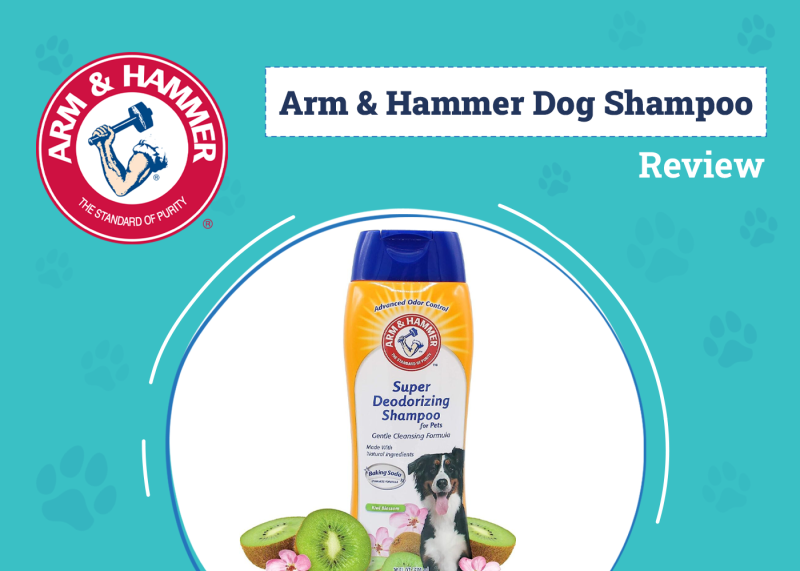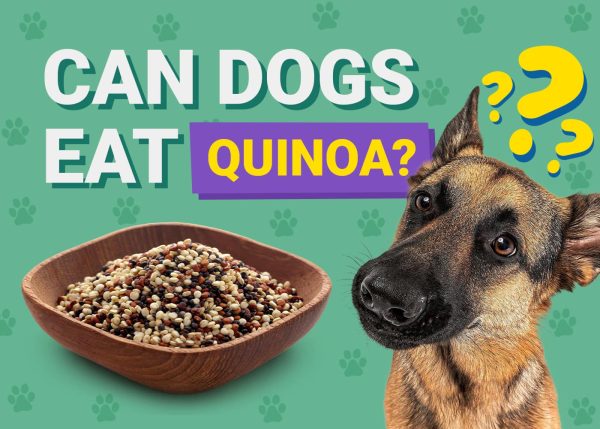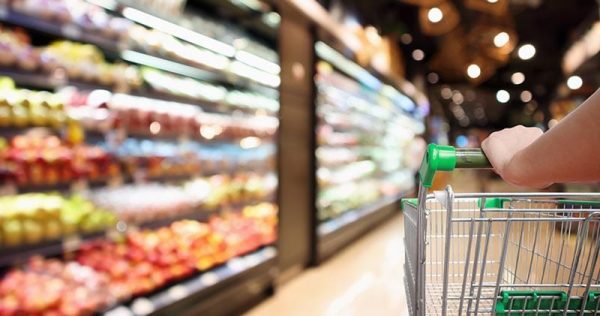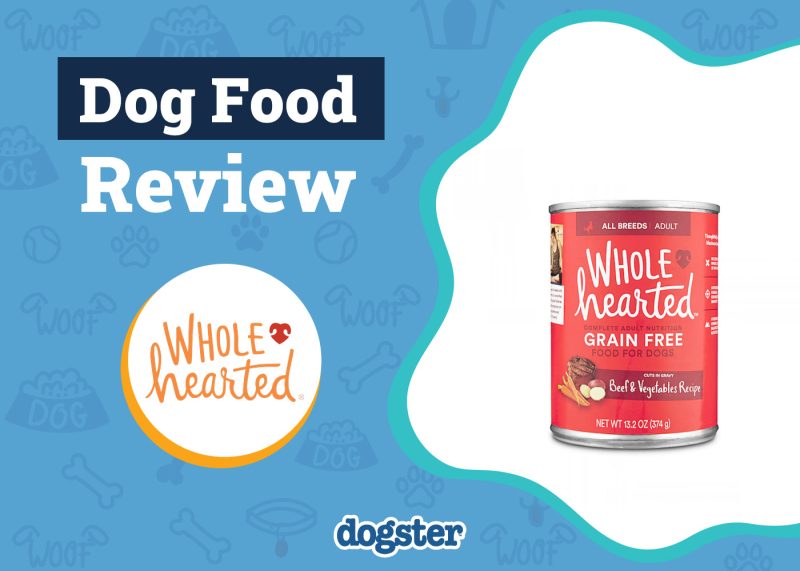In this article
If you are a dog owner, you know that they are capable of many strange behaviors, but it can seem especially odd if your dog doesn’t like their paws touched, especially if they love it when you pet them and rub their head and belly.
If you have noticed this about your pet and are looking for an explanation, keep reading as we list several possible causes. We also provide tips and tricks to help your dog feel more comfortable with physical interactions.

The 10 Reasons Why Dogs Don’t Like Their Paws Touched
1. Sensitivity
Dogs have a high concentration of nerve endings in their paws, and certain areas may be more sensitive than others. Some dogs may find paw handling uncomfortable or sensitive due to skin irritation, or swelling due to allergies.If your dog displays signs of paw sensitivity, such as pulling away, licking, or biting their paws, have them examined by a veterinarian to rule out any underlying health issues.
- Start by associating positive experiences with paw handling. Offer treats or praise whenever you touch your dog’s paws gently.
- Gradually increase the duration and intensity of paw handling over multiple training sessions.
- If your dog shows signs of discomfort or stress, go back to a level where they were comfortable and progress more slowly.
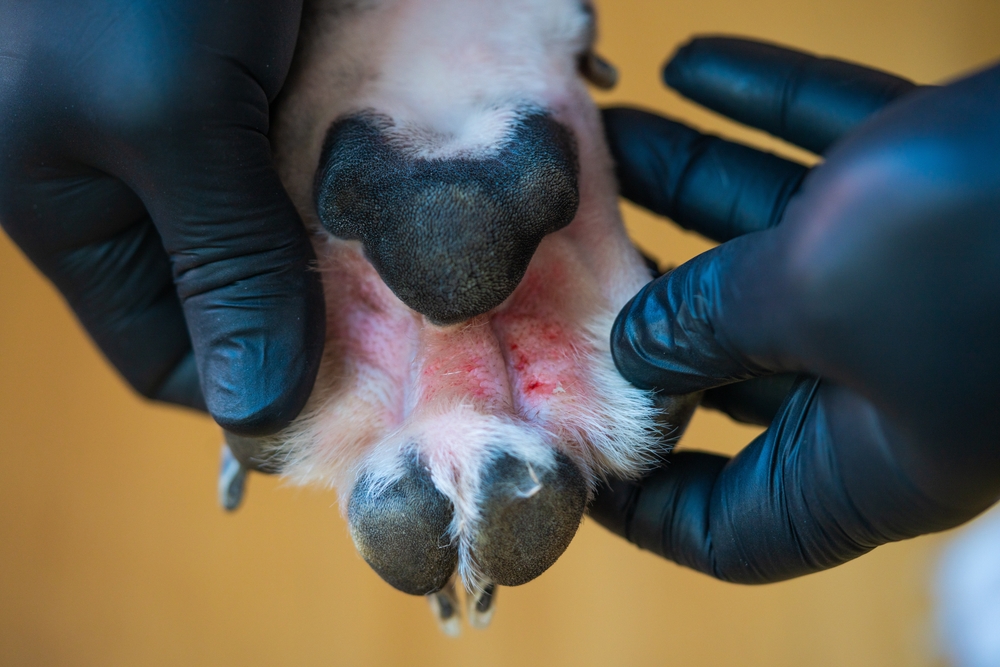
2. Past Negative Experience
If your pet has had a bad experience with their paws, such as receiving an injury, getting their paws trapped, or experiencing pain during nail trims, they may develop a fear or anxiety about their paws being touched. Consider their history, and be patient and understanding when working with a dog with previous negative encounters.
- Build trust and create positive associations by using counterconditioning techniques. Gradually introduce your dog to gentle paw handling while providing treats and praise.
- Start with brief, non-threatening touches, and gradually increase their duration and intensity as your dog becomes more comfortable.
- Work at a slow pace and be patient. It may take time for your dog to overcome their fear or anxiety.
3. Lack of Desensitization
Dogs that didn’t get used to different types of handling at a young age, such as paw touching, may find it strange or frightening later in life. Desensitization is crucial to help dogs become comfortable with handling.
- Gradually introduce your dog to different types of touch, including paw handling, from an early age.
- Make it a positive experience by using treats, praise, and rewards during handling sessions.
- Expose your dog to different people, including children, so they become accustomed to various handling styles and can develop positive associations with them.

4. Fear of Restraint
Dogs may associate paw handling with being restrained, such as during nail trims or veterinary examinations, leading to a negative perception of having their paws touched at all. If your dog fears restraint, it’s important to build their trust and create positive associations with paw handling.
- Start by desensitizing your dog to the feeling of restraint. Gradually introduce them to having their paws touched while keeping them comfortable and secure.
- Use positive reinforcement techniques like treats and rewards to create positive associations with paw handling.
- Break the process into small steps, rewarding your dog after each successive stage.
5. Lack of Trust
Dogs are highly perceptive of their owner’s emotions and body language. If a dog doesn’t fully trust their owner or feels insecure, they may be less comfortable having their paws touched. Building trust and a strong bond is crucial in helping them feel more comfortable.
- Focus on strengthening the bond with your dog through positive interactions, playtime, and training exercises.
- Practice regular positive reinforcement training sessions to build trust and improve your communication with your dog.
- Avoid forcing or rushing the process. Allow your dog to approach at their own pace, and offer rewards for voluntary participation and cooperation.
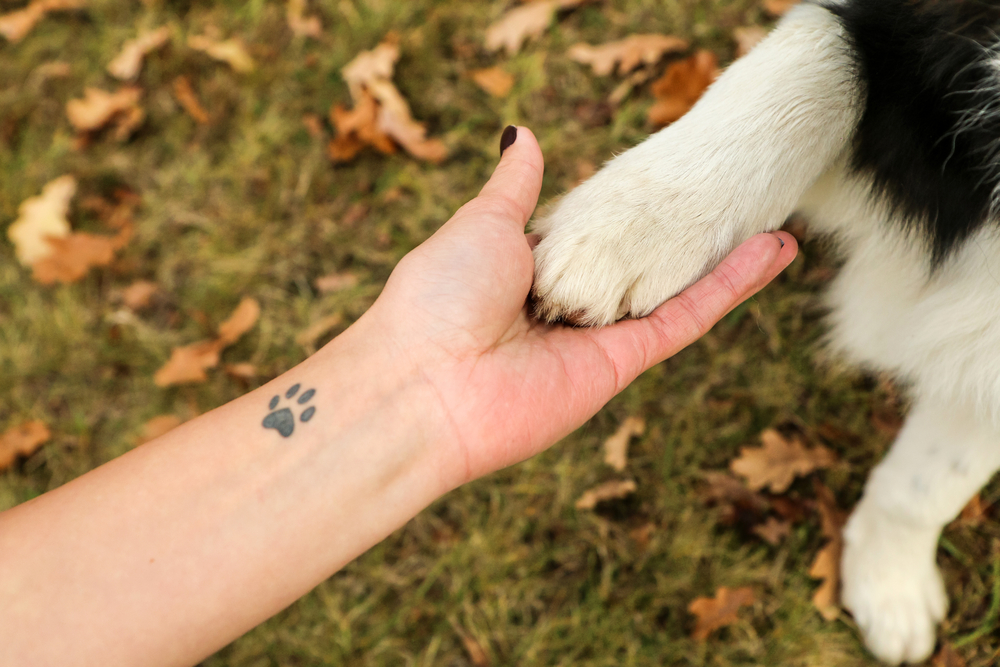
6. Ticklishness
Just like humans, some dogs can be ticklish, and touching their paws might elicit an uncomfortable sensation. Some dogs may jerk their paws away or signal discomfort by barking or groaning.
- When you’re touching their paws, pay attention to your dog’s reactions and body language. Respect their sensitivity and avoid excessive tickling or stimulation.
- Focus on gradual desensitization and positive reinforcement to help your dog become more tolerant of paw handling over time.
- Experiment with different techniques, such as using a firmer touch or applying gentle pressure, to find a more comfortable method for your dog.
7. Inadequate Conditioning
If you don’t properly train your pet to accept paw handling, they may exhibit resistance or discomfort when you’re touching their paws.
- Start with basic conditioning exercises, such as teaching your dog to offer their paw on command.
- Use positive reinforcement techniques, rewarding your dog for voluntary paw offering and gradually extending the duration of paw handling.
- Provide a calm and positive atmosphere during training to help your dog associate paw handling with positive experiences.
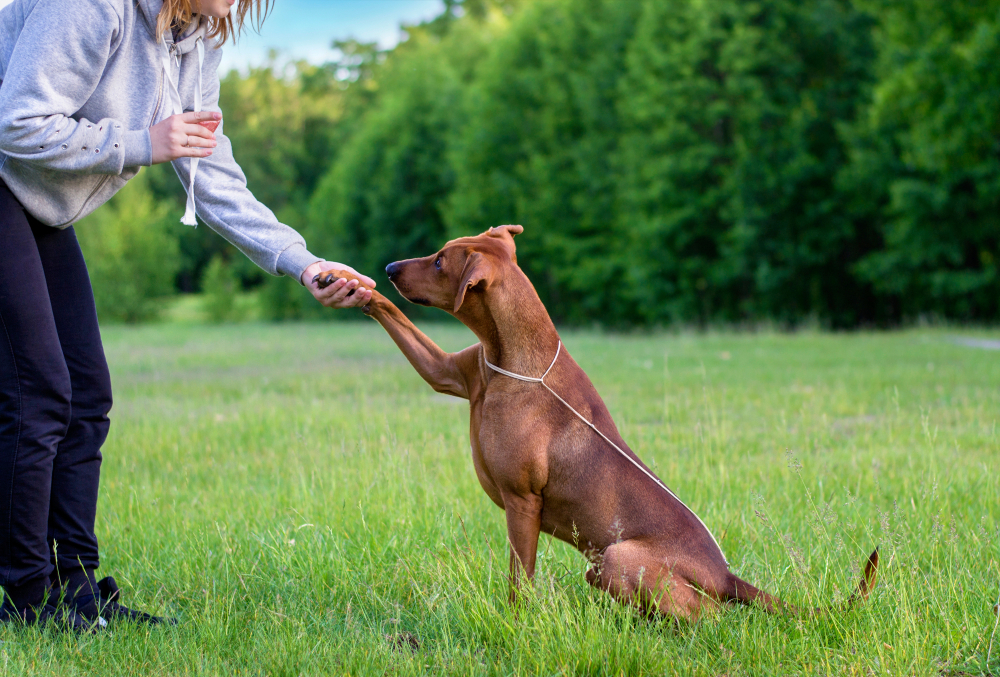
8. Natural Instincts
Dogs have an innate instinct to protect their vulnerable areas, including their paws, and some dogs may react defensively if they feel like their paws are being invaded or threatened.
- Approach paw handling with care and respect for your dog’s personal space.
- Use positive reinforcement to reward calm behavior, and gradually introduce paw handling while maintaining a relaxed and non-threatening environment.
9. Avoidance Due to Pain
Dogs with underlying medical conditions or injuries, such as arthritis, infections, or wounds, may experience pain or discomfort if you touch their paws, leading to avoidance behavior.
- If you suspect that your dog is experiencing pain or discomfort, consult with a veterinarian to evaluate their paw health.
- Follow any prescribed treatment plan to alleviate pain or address underlying medical conditions.
- Once you help manage your dog’s pain, you can work on gradually reintroducing and desensitizing them to paw handling using positive reinforcement techniques.

10. Individual Preferences
Dogs, like humans, have unique personalities and preferences, and some may not enjoy people touching their paws.
- Respect your dog’s boundaries and preferences. Not all dogs enjoy paw handling, and it’s essential to acknowledge and accept their comfort levels.
- Focus on alternative methods for paw hygiene, such as doing regular nail trims, providing appropriate surfaces for paw maintenance, or using paw wipes for cleaning.
- If paw handling is necessary, consider seeking assistance from a professional dog trainer or a veterinary behaviorist who can teach you desensitization techniques tailored to your dog.
If you need to speak with a vet but can't get to one, head over to PangoVet. It's an online service where you can talk to a vet online and get the personalized advice you need for your pet — all at an affordable price!


Final Thoughts
Some dogs might not like it when their paws are being handled and will try to pull away. You can usually teach your dog to remain calm by using positive reinforcement techniques like treats and praise. Be patient, as it can take a dog a long time to learn and accept something new and get comfortable with it, but most owners should have success following these tips.
If you think that your pet’s paws are sensitive due to a medical condition, have them checked by a veterinarian. If your dog just doesn’t seem to like it, contacting a professional trainer can help change their mind, at least to the point that they can calmly get a checkup at the vet or go to the groomer.
Featured Image Credit: Nature_Blossom, Pixabay




